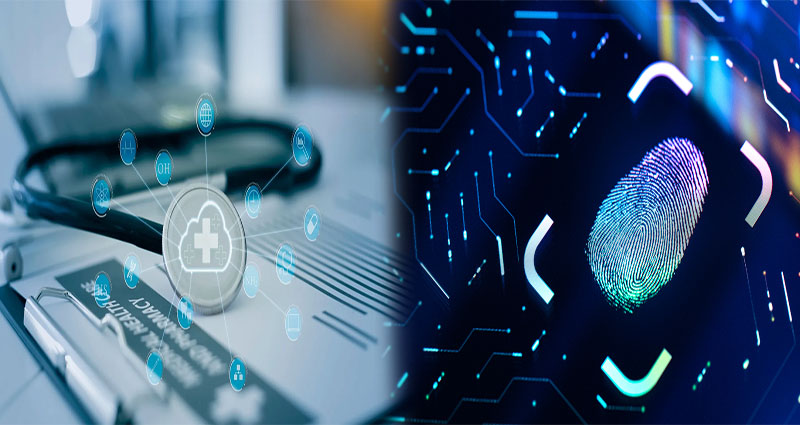Cybersecurity Measures for Protecting Health Information Systems: Safeguarding Vital Patient Data
In today’s digital age, healthcare providers and organizations face increasing cybersecurity threats that can compromise the security and privacy of sensitive patient information. With the growing reliance on electronic health records (EHRs) and interconnected health information systems, implementing robust cybersecurity measures is crucial to protect patient data from unauthorized access, breaches, and potential harm. In this article, we will explore the importance of cybersecurity measures for protecting health information systems and safeguarding vital patient data.
The Significance of Cybersecurity in Healthcare
Healthcare organizations hold a wealth of valuable patient data, including personal health records, medical histories, and financial information. Protecting this information is vital to ensuring patient privacy, maintaining trust, and complying with regulatory requirements, such as the Health Insurance Portability and Accountability Act (HIPAA). Failure to implement adequate cybersecurity measures can have severe consequences, including financial loss, damaged reputation, and compromised patient safety.















